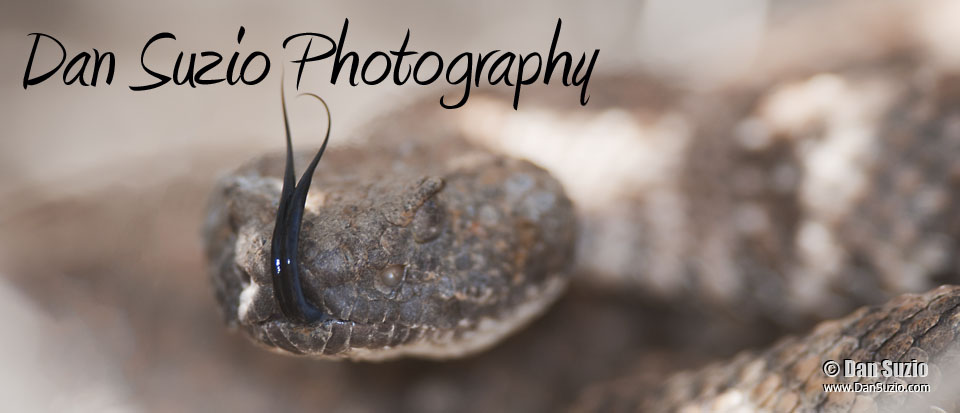Before her book on the Everglades was published in 1970, the photographers I was most familiar with - people like Ansel Adams and Edward Weston - were westerners, and their work reflected the western esthetic of heroic landscapes and strong contrast, as well as the commitment to maximum sharpness and depth-of-field they shared with other members of Group f/64. Caulfield’s work was different, and not just because it was in color. There was a sense of mystery in her photos that was no less awe-inspiring than that of Adams, Weston, et al. She photographed in every kind of light, day and night. She used sharpness and depth-of-field in creative ways, and was not afraid of motion blur, underexposure, or grain when it suited her purpose. (Given the iffy quality of color film in the sixties, grain wasn’t always a choice, but she made it work to her advantage.)
Was this a gender-based difference? Well, maybe yes, maybe no. Maybe
maybe. Group f/64 exhibitions included at least four women - Imogen
Cunningham, Sonya Noskowiak, Alma Lavenson, and Consuelo Kanaga - all of
whom shared a similar esthetic to the men in the group. Since then I’ve
seen so much variety in photographic styles that I don’t think it’s
possible to generalize about male or female photographers. (A photo
editor once described my photos as “very feminine.” I took it as a
compliment, but again I don’t think the description is really valid.
Better to say my work is compassionate, empathetic, or personal,
emotions that both men and women are capable of expressing in their art
and in their lives.)
The subject matter of that book also inspired me. The Everglades are a
habitat unlike any that we have in the west, and the fact that this
tropical wilderness existed in the United States was a revelation to me.
(I had actually visited Florida in the summer of 1970 but didn’t get a
chance to see the “real” Everglades.) It made me want to travel, to see
as many diverse habitats as I could.
Patricia Caulfield’s work
made me think much more seriously about my photography and helped me
develop my own visual style. I will always be grateful for her
influence.
















